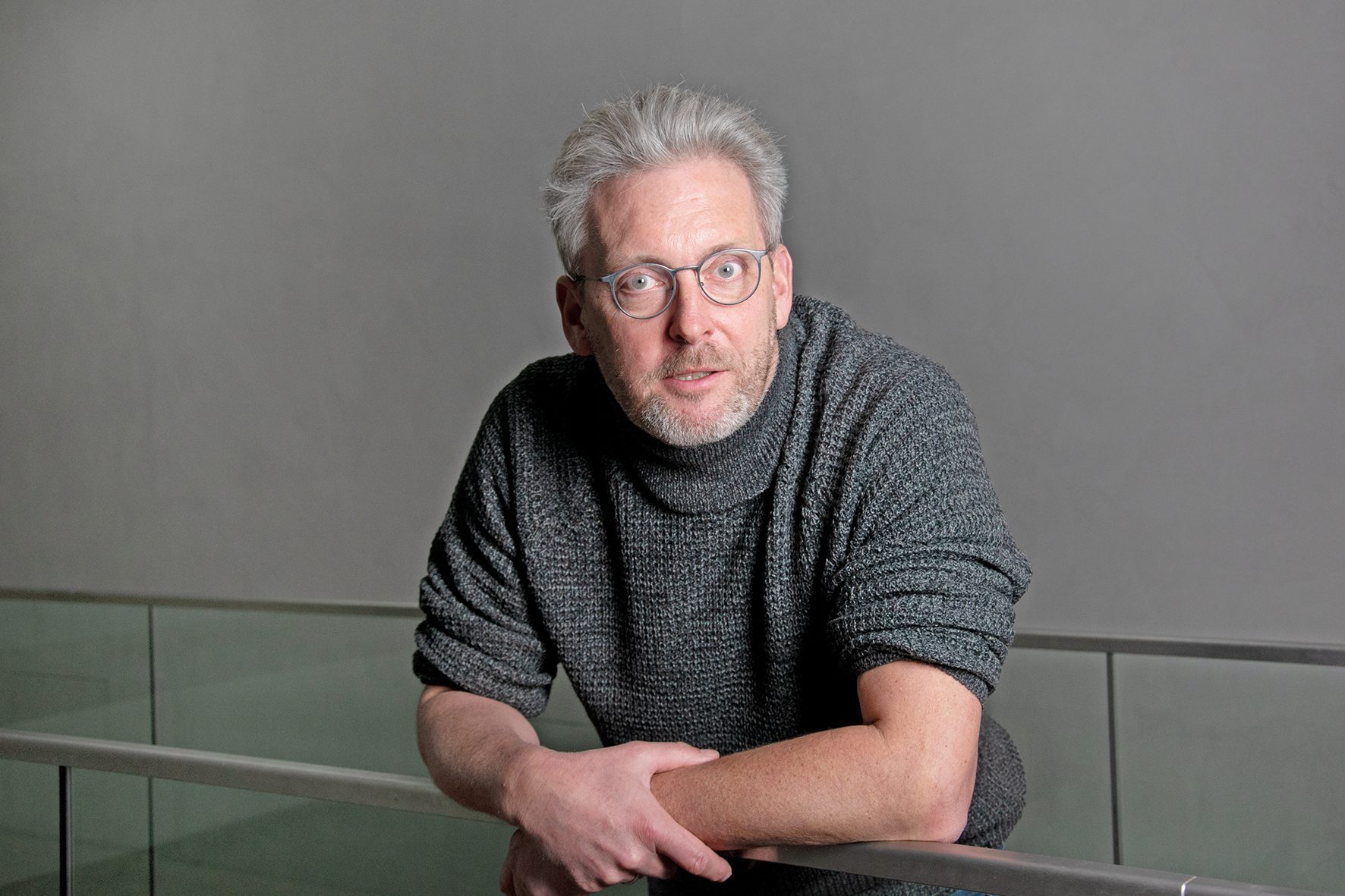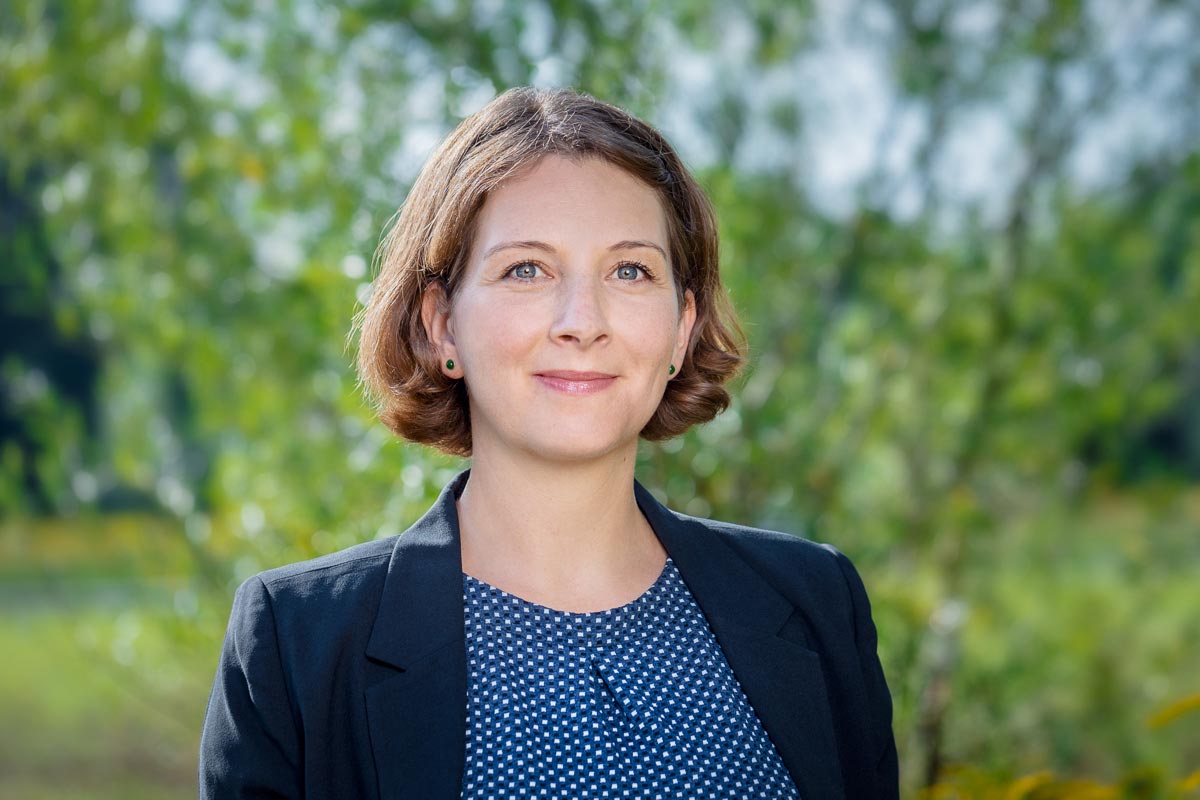
Dreaming of micro-plastics-free vegetables
For many decades, micro-plastics remained a scarcely researched issue. But awareness is growing, as is the realization that we, too, ingest plastic particles through food and water. Hardly anyone can estimate the consequences. PD Dr. Harald Seitz from Fraunhofer IZI-BB and Dr. Susanne Baldermann from the IGZ dare to take a closer look. They research methods with which micro- and nano-plastics can be detected in plants. In doing so, they are doing real pioneering work – and pursuing a great goal.
Sometimes, a normal meeting room, cushioned chairs, and switched-off laptops are all you need to promote bit ideas. That was exactly the starting point in 2018, when a professor of food chemistry and a Doctor in biochemistry sat together and did something that scientists don’t necessarily do very often: dream. They let their minds wander, talked a lot and furthered each other’s thoughts. They dreamed of labels like “plastic-free food” and imagined what it would be like to detect micro- and nano-plastics in food and water – and how to remove them. Some initial ideas were born, from which the EMINA project emerged in 2019, on which PD Dr. Harald Seitz from the Fraunhofer Institute for Cell Therapy and Immunology, Bioanalytics and Bioprocesses (IZI-BB), and Dr. Susanne Baldermann from the Leibniz Institute for Vegetable and Ornamental Plant Production (IGZ) are currently doing research. The abbreviation stands for: Proof of Entry and Migration of Nano-plastics in plants.
How much micro- and nano-plastic is present in our environment?
With a focus on micro-plastics, the scientists began working on a subject that is talked about a lot but is often less well researched when it comes to plants, as plastic particles are microscopic and difficult to detect on smaller surfaces. In August 2020, a study by the National Oceanography Center (NOC) from England estimated the total amount of micro-plastic in the Atlantic to be at about 12 to 21 million tons. But the amount of micro-plastic in our environment – especially proportions in plants – remains to be explored in any extensive studies so far. This is where EMINA comes in. “The basic question that we ask ourselves is: what happens to plastic when it gets smaller and smaller? How is it absorbed by plants? There is still a lot to be explored in this field. And since we ingest a lot of plants and, therefore, potential micro-plastic particles with our food, this is something that should definitely be looked at,” explains Dr. Seitz. Professor Susanne Baldermann remembers how difficult it was at the beginning to get the necessary funding: “In 2019, at the start of the project, there were still many discussions about whether plants would even absorb micro- and nano-plastics”
Contact

Julia Hinz
Site marketing
julia.hinz@potsdam-sciencepark.de + 49 331 237 351 109